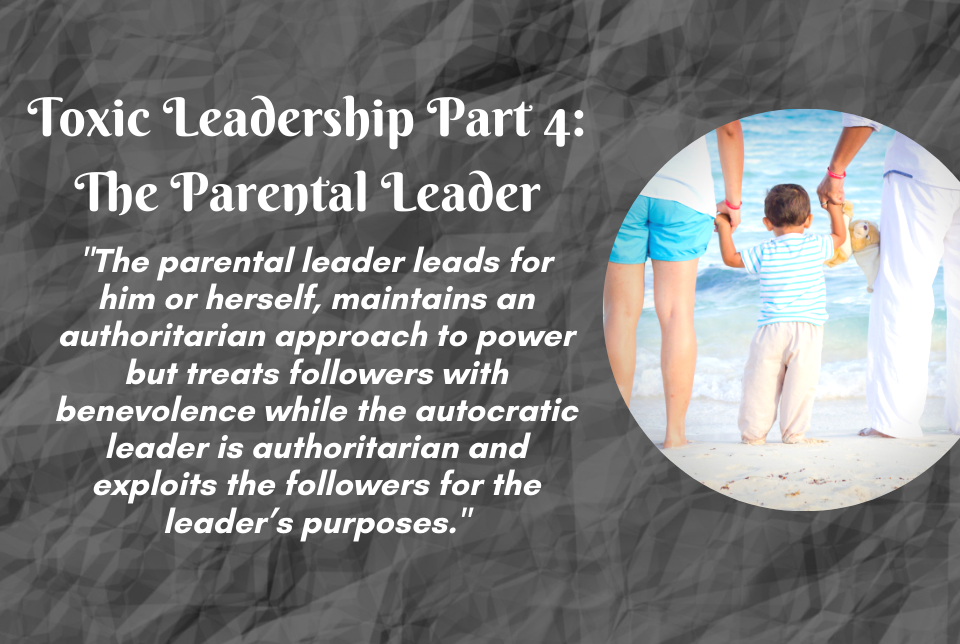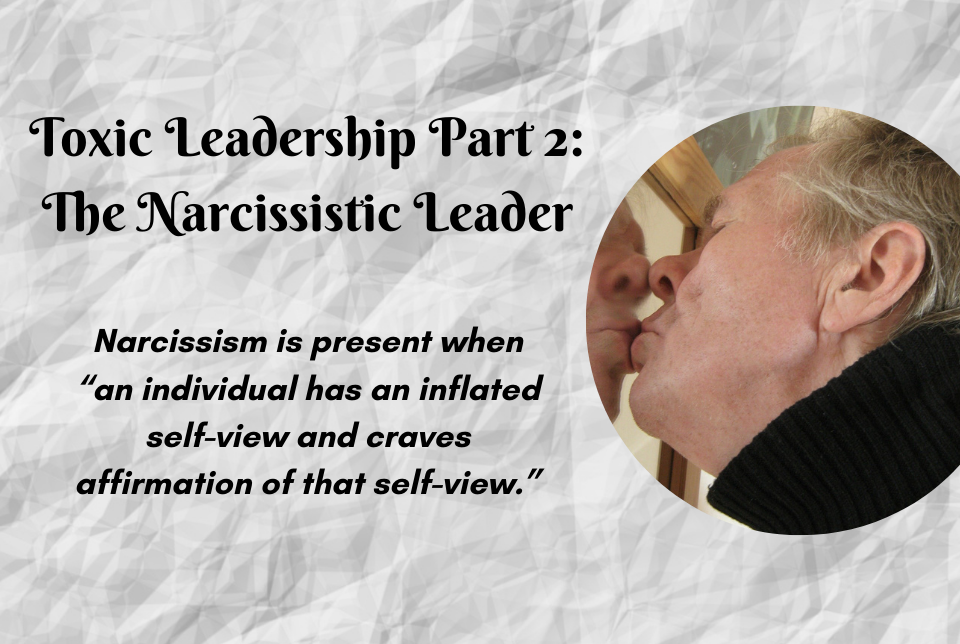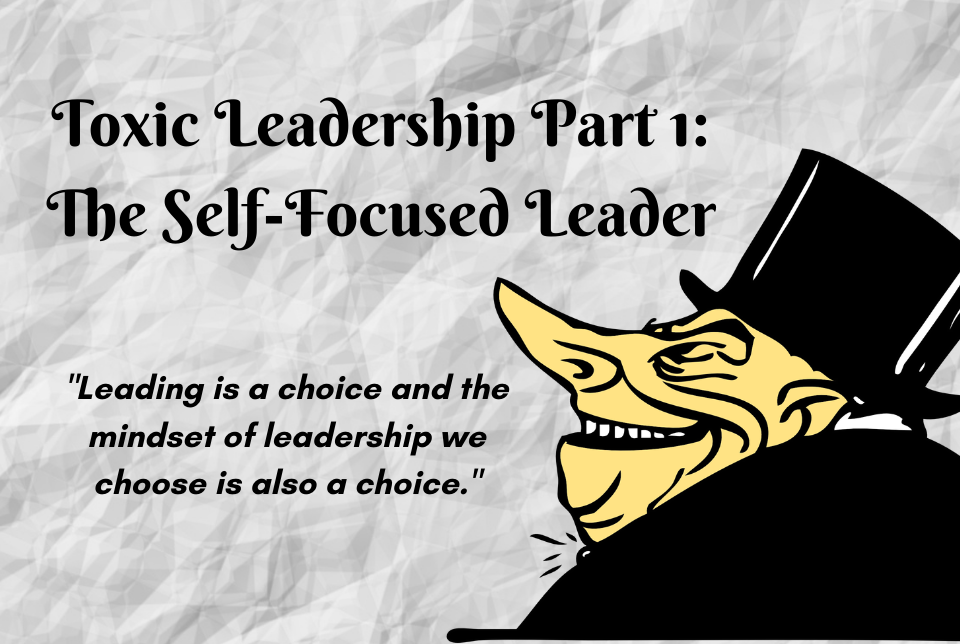Toxic vs. Servant Leadership (Part 3): The Addictive Leader
So far in this series on the toxic leader, we have looked at the self-focused leader and then the narcissistic leader. Now in Part 3 we will review the addictive leader, an all too common example of toxic leadership that is harming workers and damaging organizations.

The addictive leader may or may not be suffering from a personal addiction (i.e. alcohol, drugs), but this leader consistently exhibits traits that are characteristic of an addictive personality; denial of reality, failure to take responsibility for actions, controlling others, dishonesty, manipulation, blaming others and self-centeredness. And, as is often the case, the organization takes on the dysfunctional characteristics of the leaders and this is a recipe for disaster.
An example of this kind of toxic leadership was the company Uber as revealed when it went through its chaotic leadership transition in 2017. This is how one former employee described the culture at Uber at the time.
For years, one former operations person said, the intensity and camaraderie at Uber was fulfilling; the harder he worked, the more quickly he was promoted, and the larger his bonuses were. The culture was brutal but efficient, and high performers were always rewarded; as the company grew, his sense of validation swelled. The experience, he said, was not dissimilar to being an addict. The highs were incredible … but no addiction turns out to be good. (O’Donovan & Anand, 2017, para. 98–99)
This addictive behavior led to a seriously unhealthy organizational culture where employees felt marginalized, depleted and abused. Charges of sexual discrimination led to investigations resulting in changes at the top levels of the organization.
Carol Dweck (2016) shares one of the key problems with this toxic condition. “The minute a leader allows himself to become the primary reality people worry about, rather than reality being the primary reality, you have a recipe for mediocrity, or worse.”

In contrast, the servant leadership model puts the focus on the followers; the workers. Leaders, of course, will focus on the organization’s goals and outcomes but the servant leader knows that investing in the followers first is the best way toward meeting organizational objectives. Yes, the focus of the servant leader is primarily on the followers and this focus explains the strange name of this approach; servant leadership. The leader exists to empower their followers to create a partnership relationship that allows each person (leader and follower) to fulfill their potential and to work toward the success of the organization.
Addictive leadership or servant leadership? The contrast is clear. Organizations must commit to serious evaluation and assessment in order to determine what is really happening in the organization. Assessments, like the Organizational Leadership Assessment (OLA) are designed to reveal how each person (top leader, manager and worker) are experiencing the organization from their unique perspective. We must be willing to diagnose the problem in order to know how best to address it. Toxic work cultures are tearing organizations apart but there is a solution and it comes through a commitment to evaluating, changing our approach to leading and then creating an “other” oriented culture over a “self” oriented one.
Your fellow servant,
Jim
James Laub, Ed.D.
jlaub@servantleaderperformance.com
561-379-6010
Laub, J.A. (2017). 40 days toward a servant leader mindset. Jupiter, Florida: Servant Leader Performance.
Laub, J.A. (2018) Leveraging the power of servant leadership: Building high performance organizations. Cham, Switzerland: Palgrave MacMillan.




